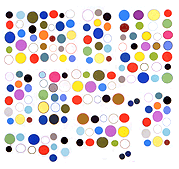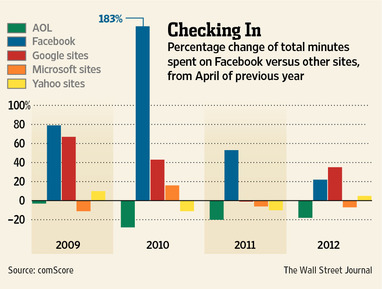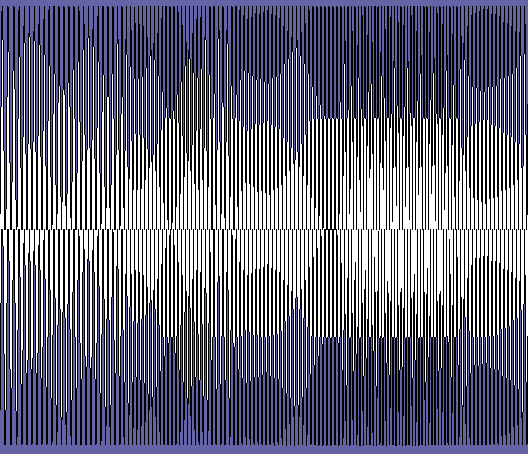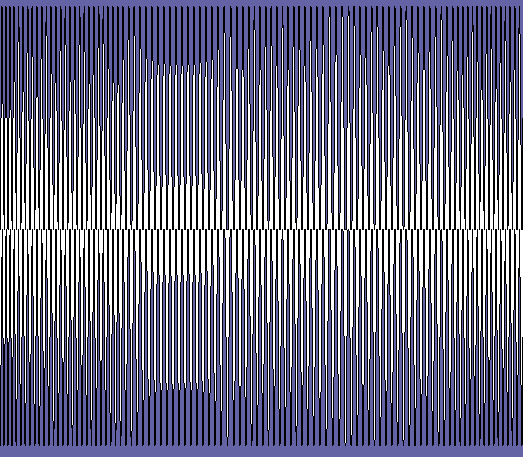Another recommended post by Tim Bavlnka reminisces about camgirl/camboy culture of the early '00s and how it stacks up against the twitter/facebook era. He calls it the "Everything/Nothing" scene, a term I hadn't heard, which seems to encompass everything from camgirls coding their own sites to people talking about nothing in particular on early blog hosts such as Livejournal. I did a post about the scene in '07, Cindy Sherman vs T Shirt Ninjas, using some old campics for a semi-cheeky comparison of self-published internet role-playing with Sherman's film trope re-enactment. As I tried to articulate in another post:
One afterthought on Cindy Sherman vs Webcammers: the comparison made the most sense in the earlier days of cams, when bandwidth and the "state of the art" limited the cammer to a series of still photos. Most of the journalistic focus in say, the late '90s, was on privacy issues and the pics were treated as straightforward documentary "slices of life" rather than what they also were--a string of self-composed photos placing form and content demands on the cammer. A series of fictions that may or may not have related to someone's actual life, and in the case of "sex worker" camming were home-run small businesses. Thus you had playacting, dressing up, and adventurous camera angles just to keep viewers interested, and the record of these performances was a series of individual photos that could be collected, separated from the main stream, passed around the net, etc. The difference between this and Sherman's untitled film stills was just a matter of highbrow vs lowbrow intent, a vastly different collector apparatus, and no critics willing to furrow their brows over the cammers. Some might say that's all the difference in the world but I think the gap is pretty small. In the age of MySpace intro videos Sherman's relevance fades because of the time element. Now instead of postModern tableaux vivants we have basement cinema that refers to other cinema.
Dump.fm is interesting because it revived both real-time chat and self-shot webcamming as an expressive tool. It's different from the Everything/Nothing scene because it happens at poetry slam speed and there is no time or space for long ruminative posts. Despite my moaning about publicity photos camming can be an art and some do it very well.



